As we find ourselves nearing the darkest night of the year, more and more we end up losing light right when the most memorable moments are flashing before us. We do stretch the light we have as far as it can go, with fast lenses and high speed B&W film, but this season we have been capturing life as a movie with Kodak's Vision3 motion picture film. We will usually push the 500T at least 1 stop, and rate it regularly at ISO 1600, to capture all the colorful subtlety of what we witness in the faint fading light. This stuff works wonders! All year long we have been enjoying the light that cinematographers have been spoiled with for years, but now the Vision Technology has been passed down to all still photographers through the new Portra 400.
When Kodak sent us some "sample" Portra 400 in 35mm to test, we immediately had to see how it compared to our beloved 500T. Of course Portra is not Tungsten balanced, but we decided to rate them both the same, unfiltered, without push processing at all, and see how closely they are related. Since we have had good experiences rating the 500T from ISO 400-1600 with great latitude, we chose to stretch it a stop in either direction at night with mixed, contrasty, lighting. All the scanning was done on the Frontier with, surprisingly, very little color correction to match the stocks.

We didn't know what to expect, but it appears that they are very similar emulsions, with almost identical grain structure (due to the Vision hand-me-down). It seems that the 500T has a little less contrast, and picks up a bit more detail in the mixture of lighting. But both seem ideal for push processing to bump up the soft detail in the underexposed areas.
Shooting in extreme bright and shadowed scenes was the other strong suit that we had discovered of the 500T & 250D, so we found a high contrast evening location of a white building with glaring sun and deep shadows. We metered for the diffused light hitting the base of the building, then shot every aperture from f/1.2 all the way down to f/16 at 1/2000 sec.! To spare you the redundancy of looking at the same shot 16 times we selected the shots where the exposure actually made a difference.
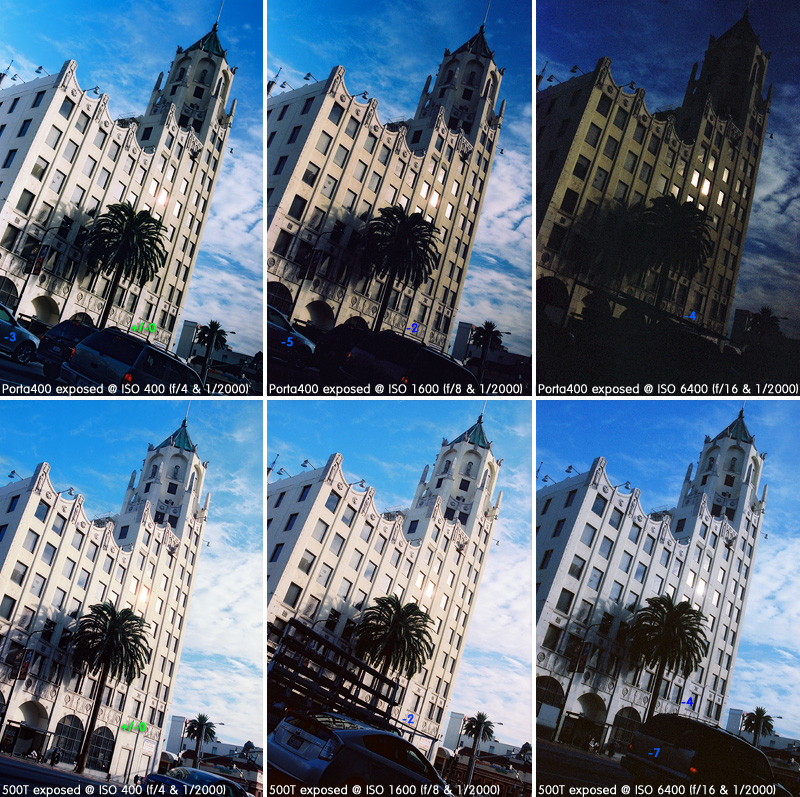
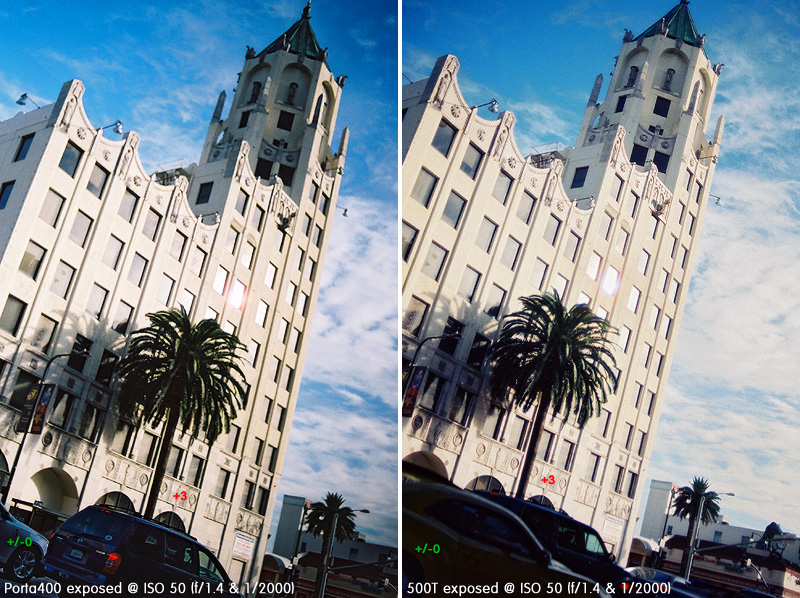
It seems that both stocks do very well rated to be between 3 stops over (50), and 2 under (1600) in the mid-tones, which allows for a 6 stop margin of error. But the 500T still holds some exposure as much as 7 stops under! I would not knowingly underexpose even these amazing films more than a stop without push processing, though I also would shoot with confidence that no matter where I meter a scene the image will expose well. I mean, thats why we shoot film essentially. We don't need to chimp a shot, or even re-meter much at all, especially knowing that if we err on the side of overexposure it will be beautiful. And apparently the occasional underexposed shot would turn out as well! Granted, one would have to try very hard to underexpose an image 4 stops, especially when you know you could go over 8 stops in the highlights and be golden. It's the difference of f/1.4 and 16 for goodness sakes! What I walk away with from this example is; that no matter what the lighting situation is, or how you are reading the light, all the precious times and moments in life can be (as it should be) lived like a movie. :-)
Happy holidays from The Wright Brothers!
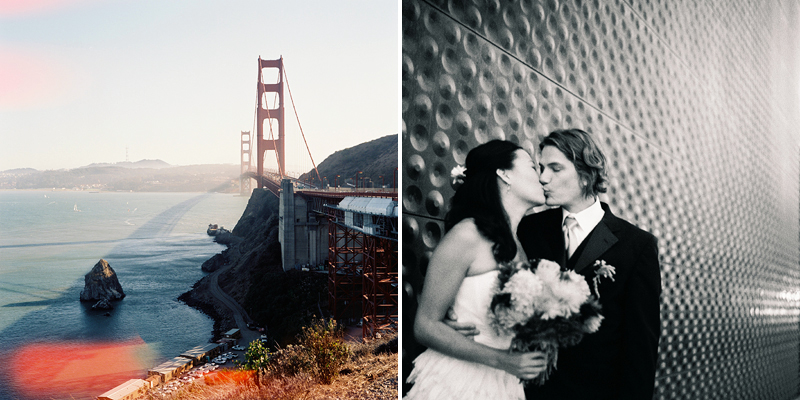
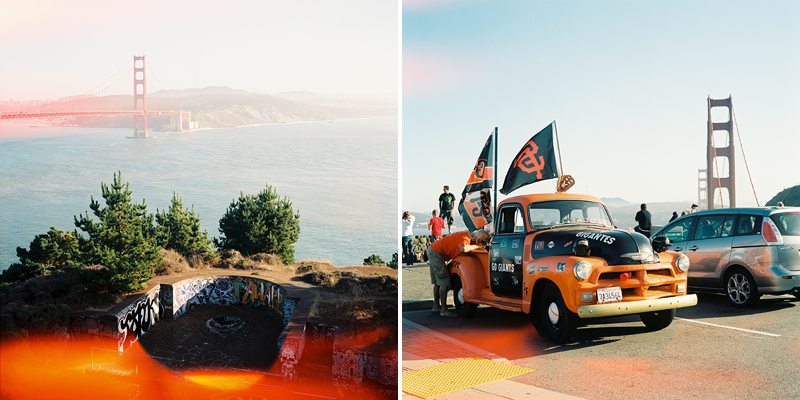
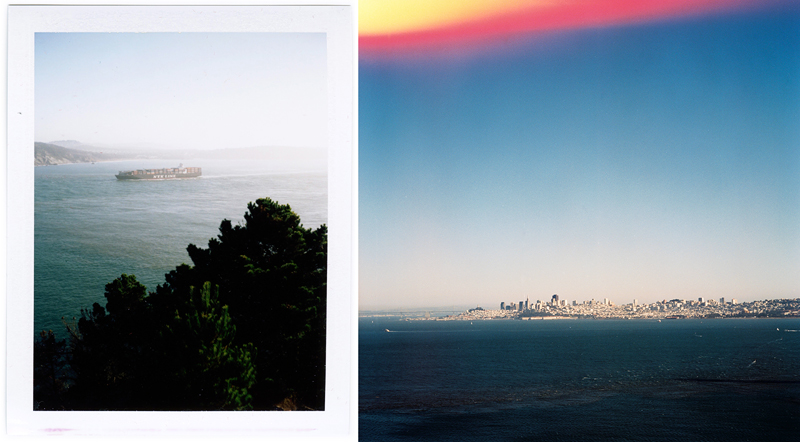
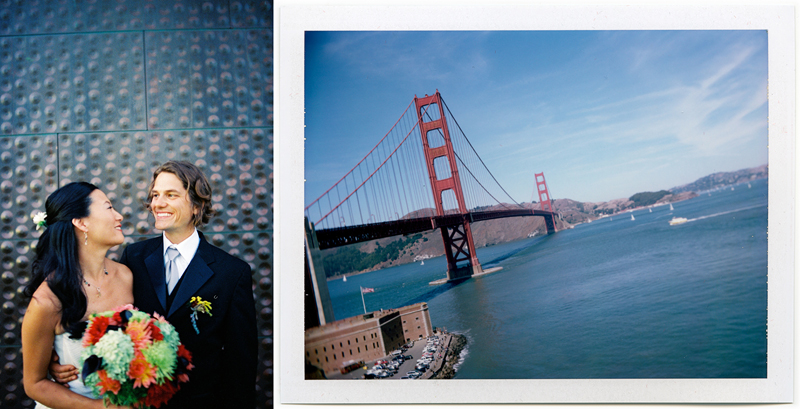
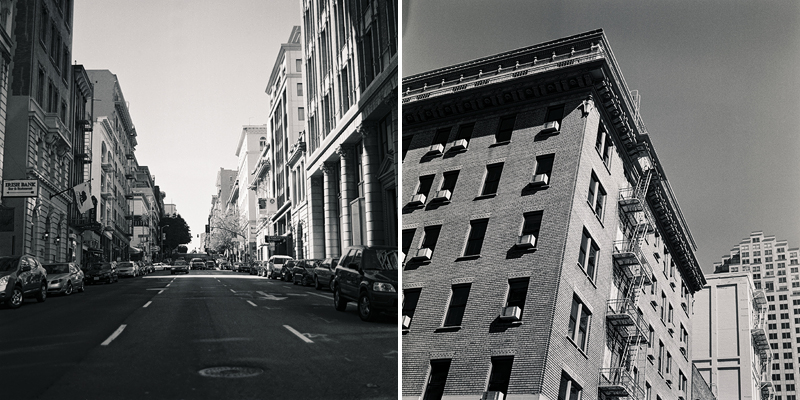
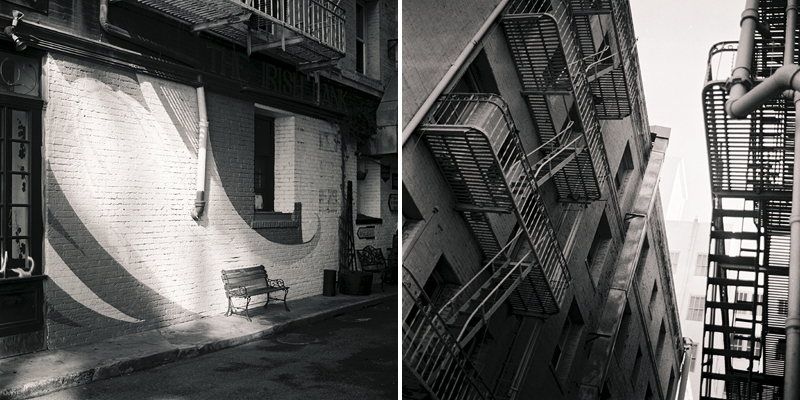
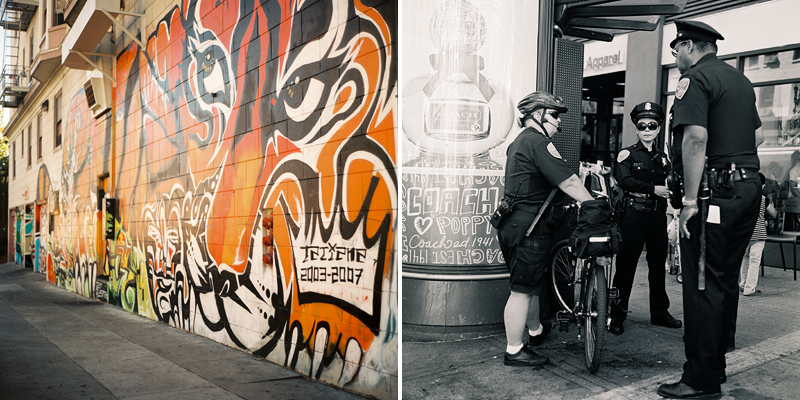
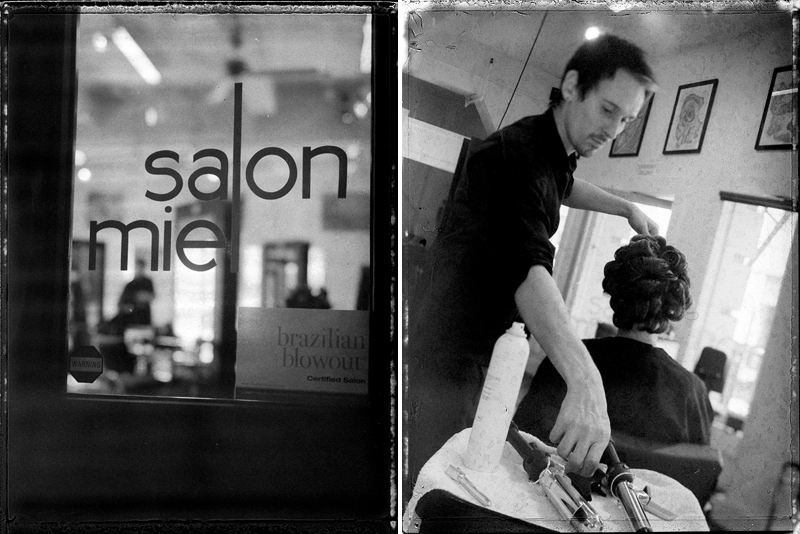
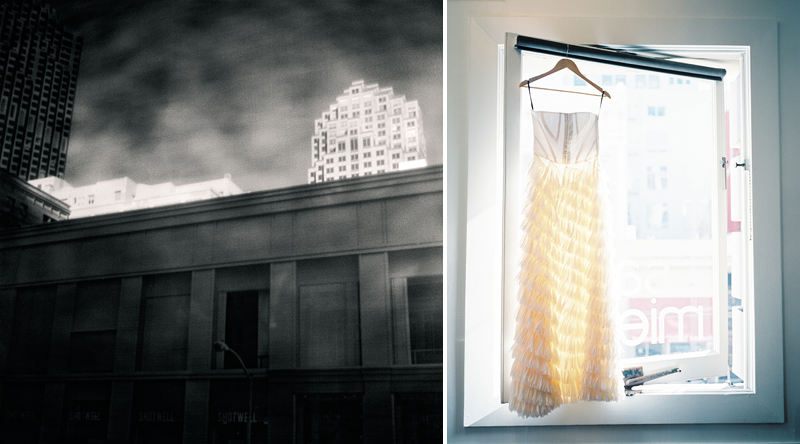
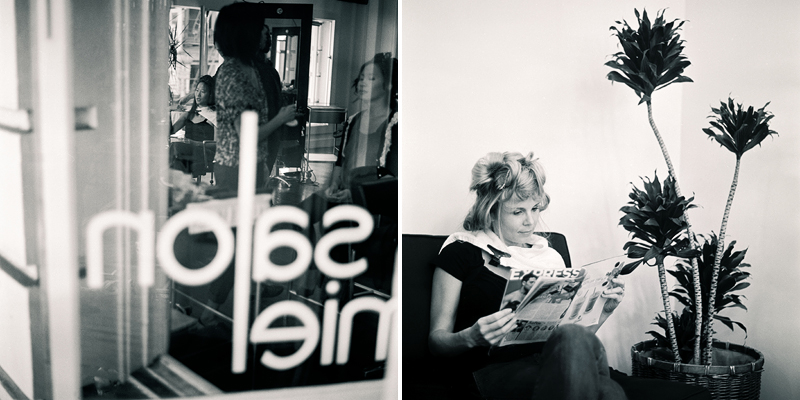
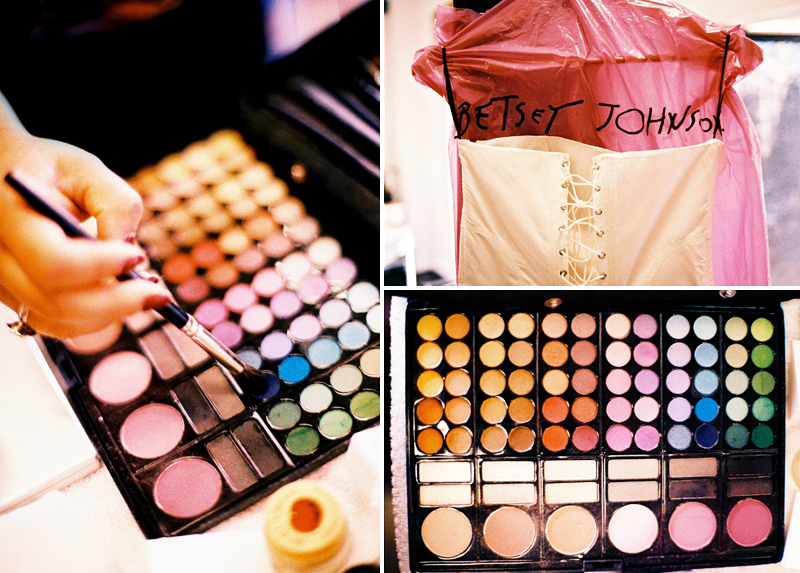
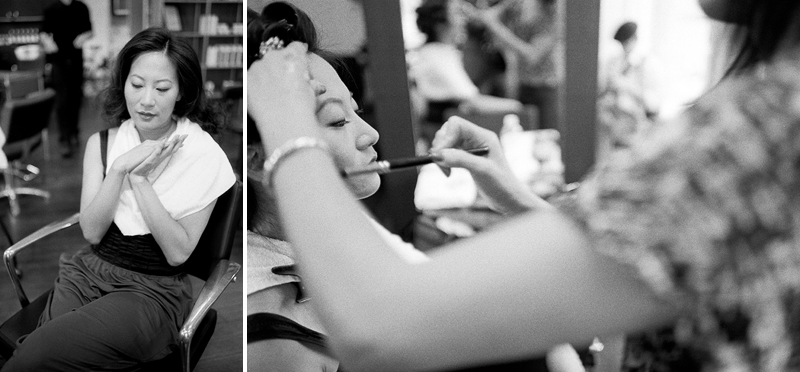
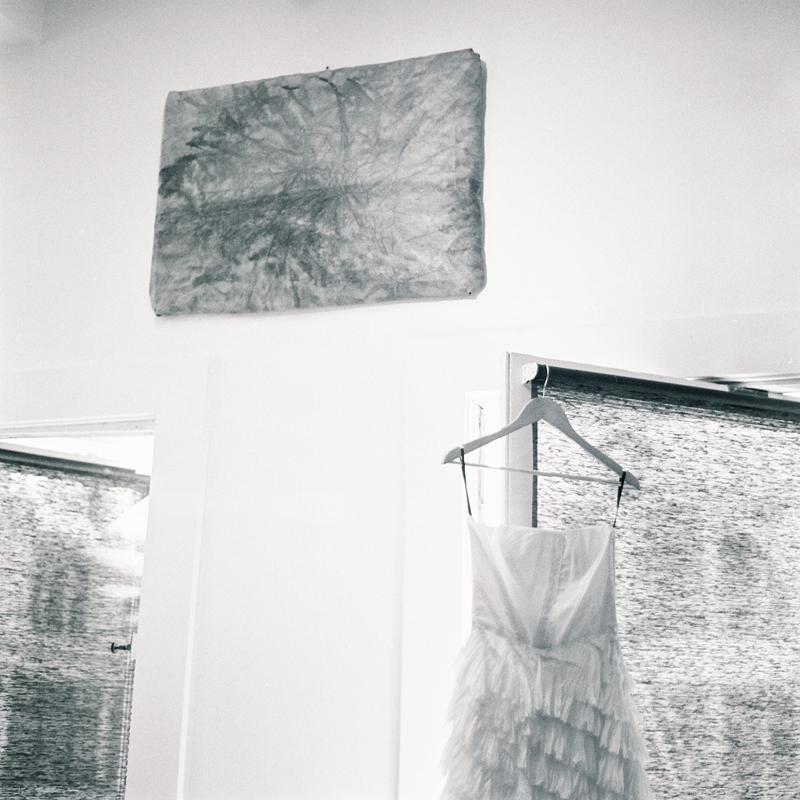
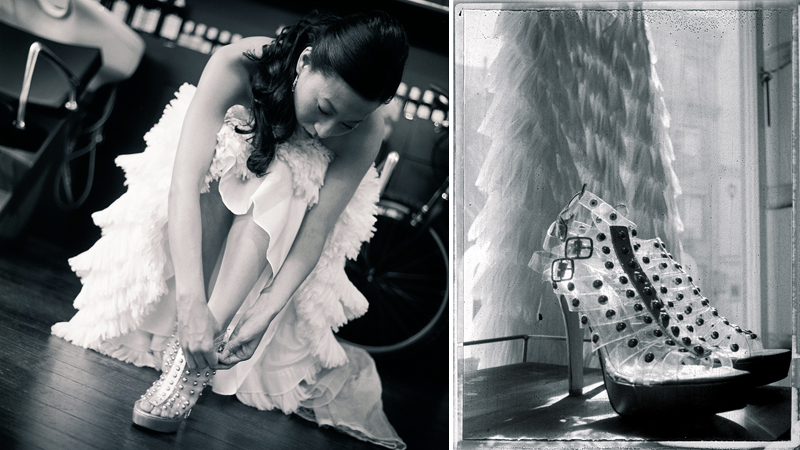

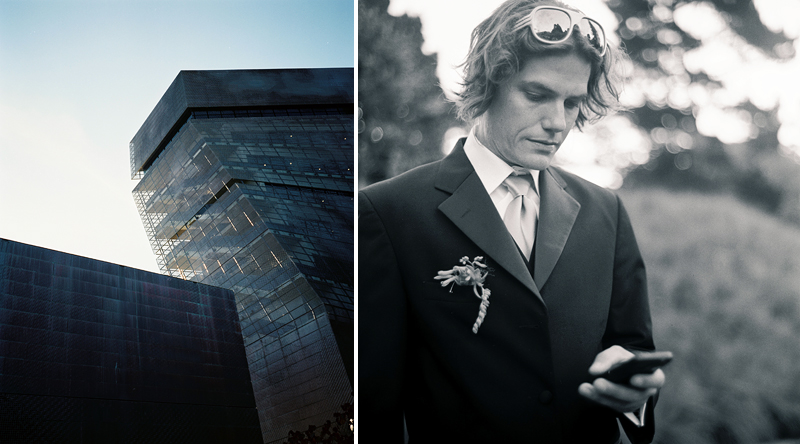
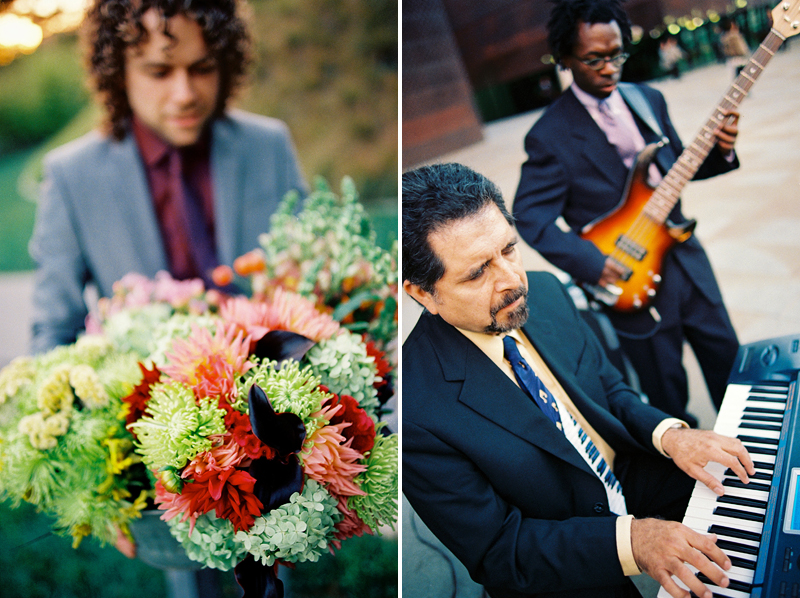
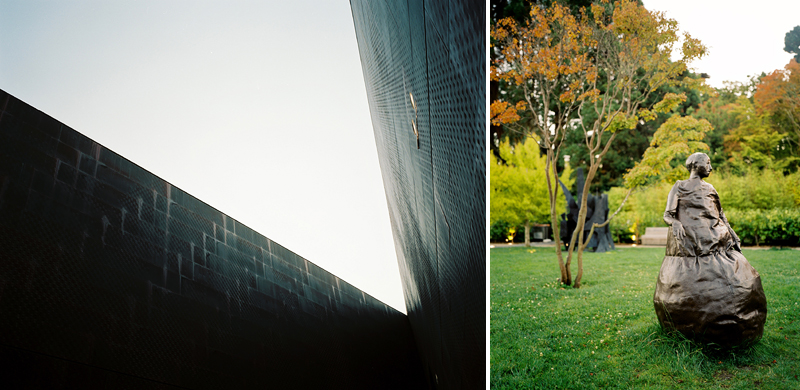
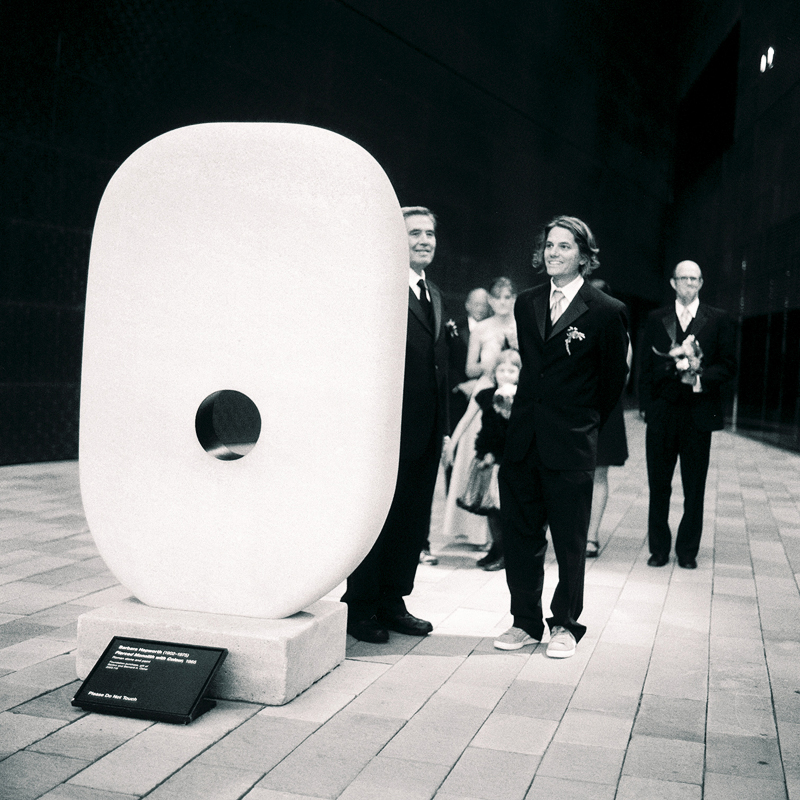
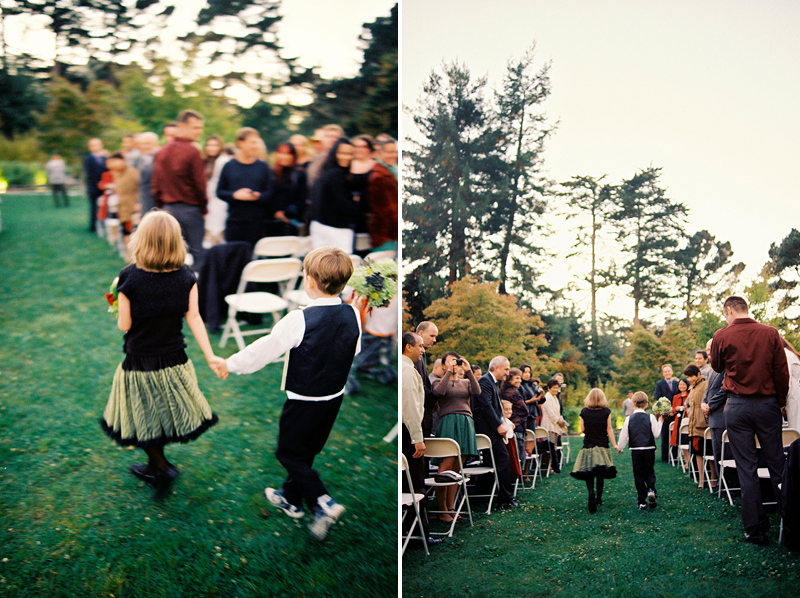
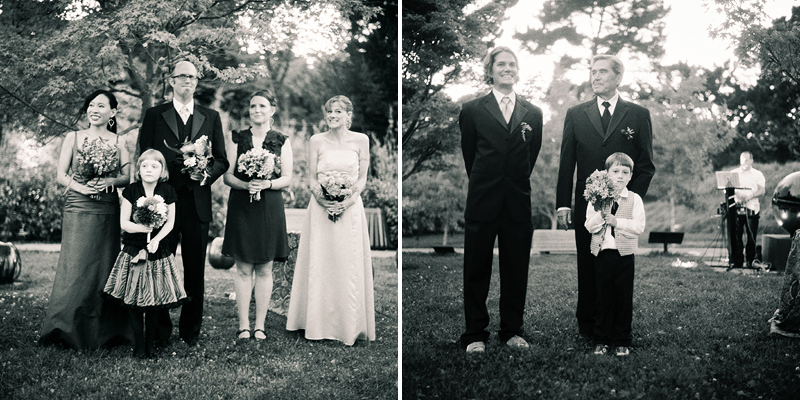
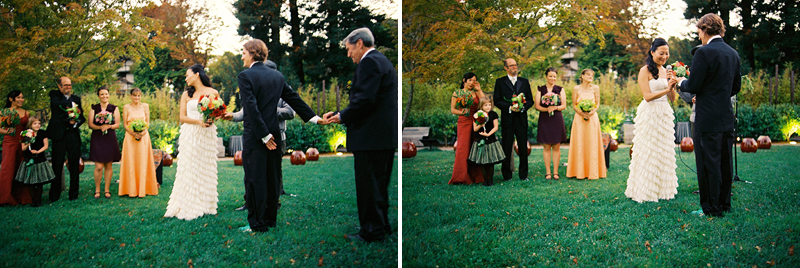
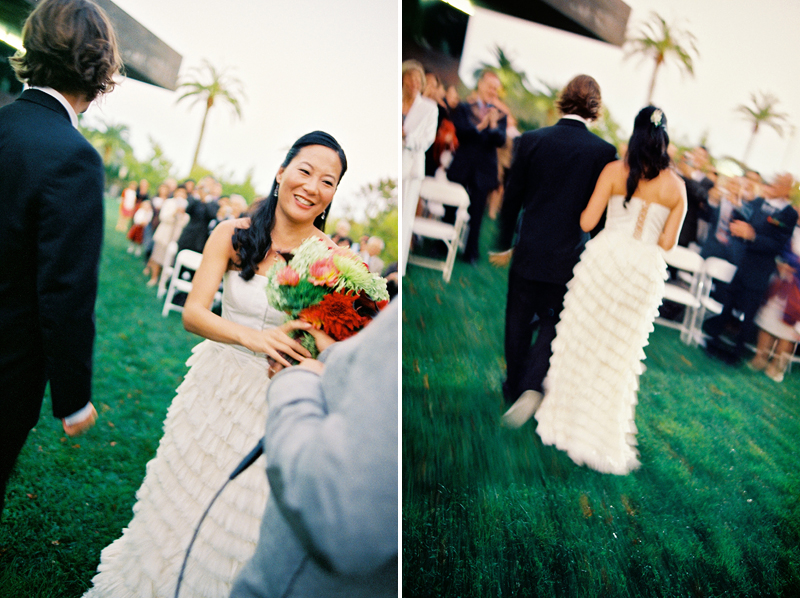
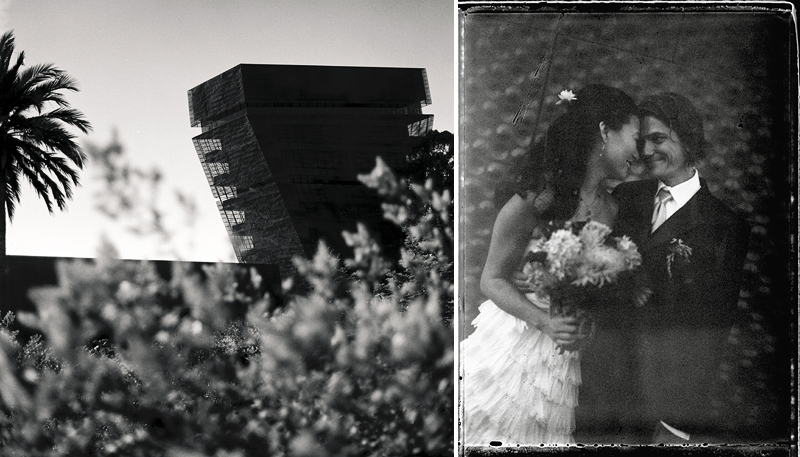
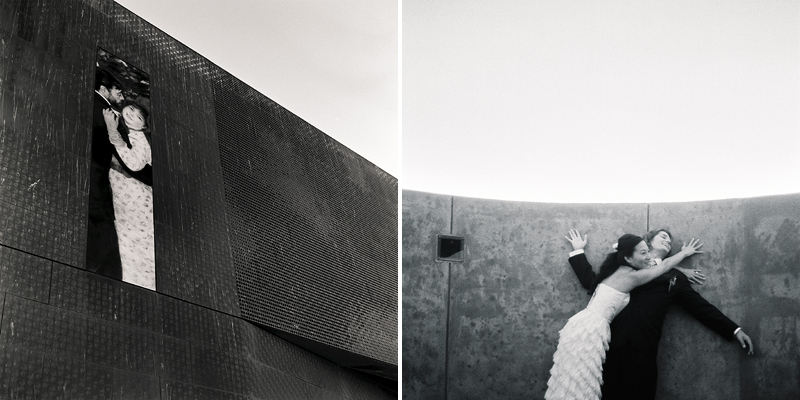
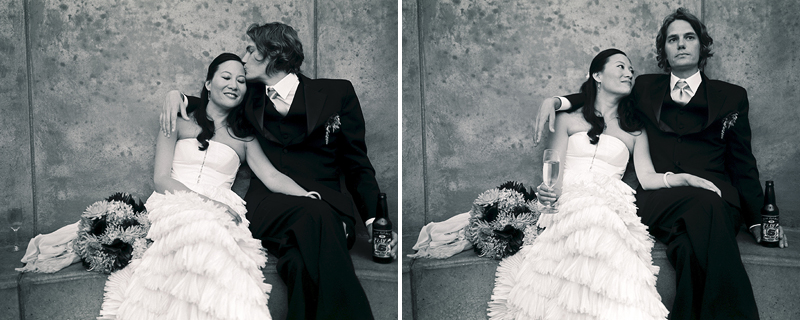
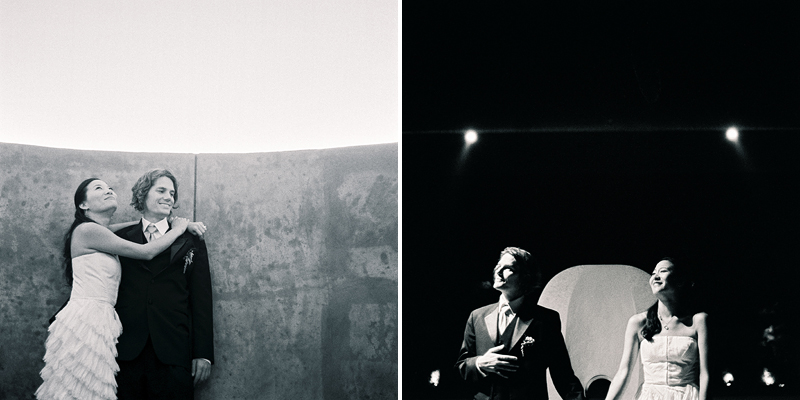

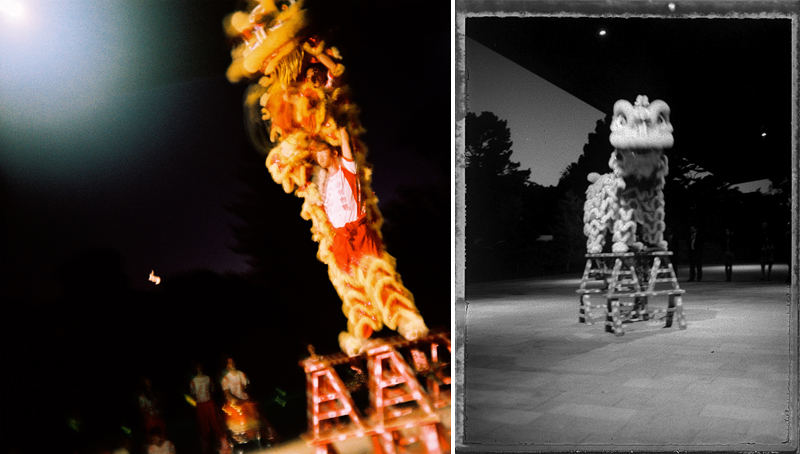

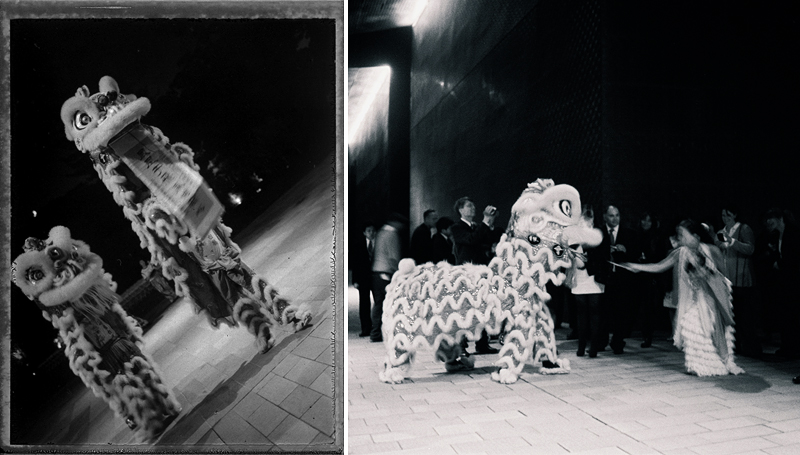
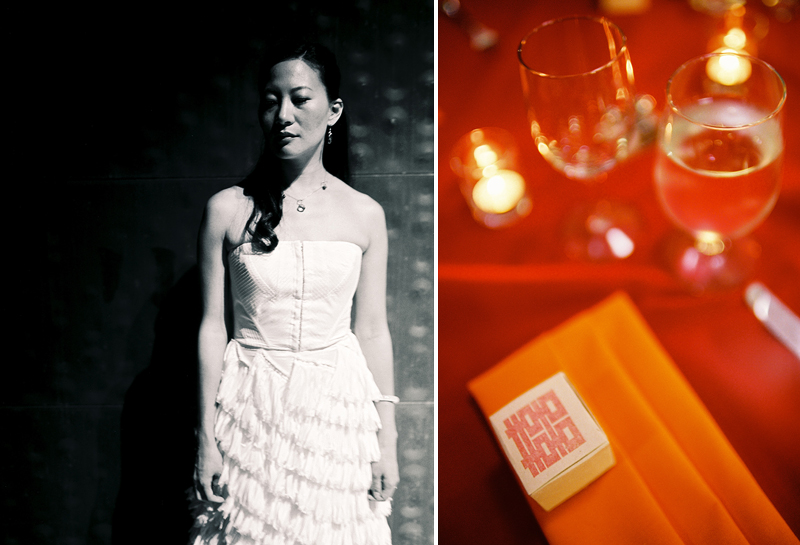
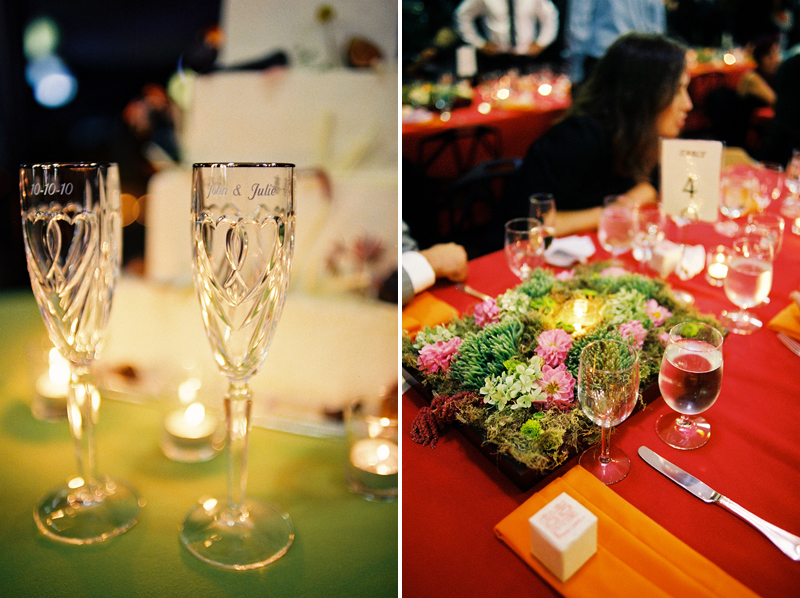
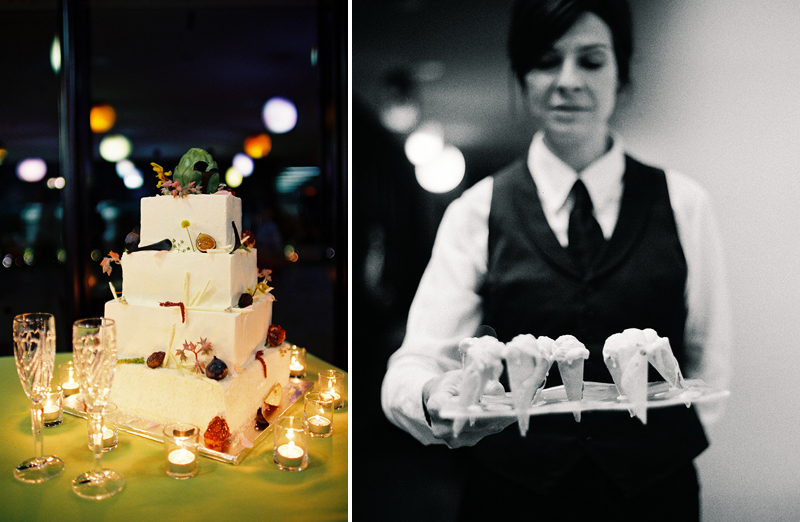
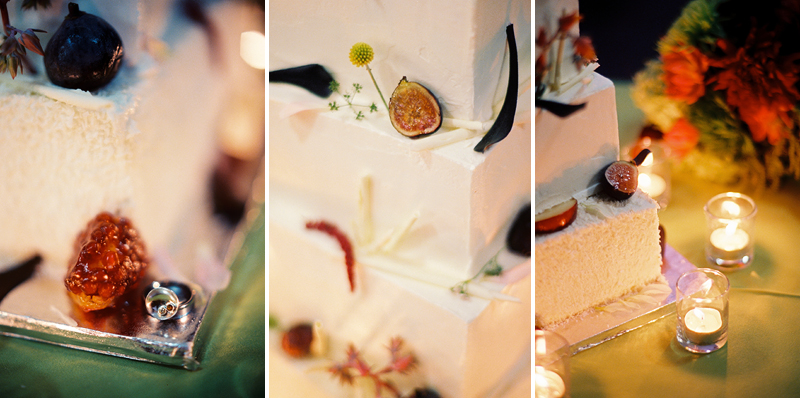

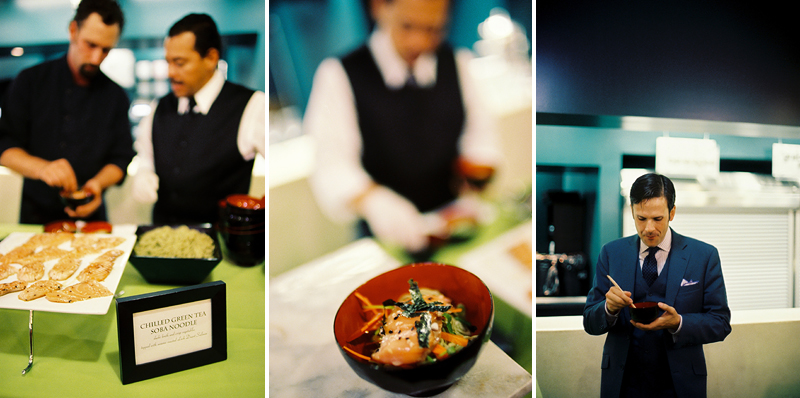
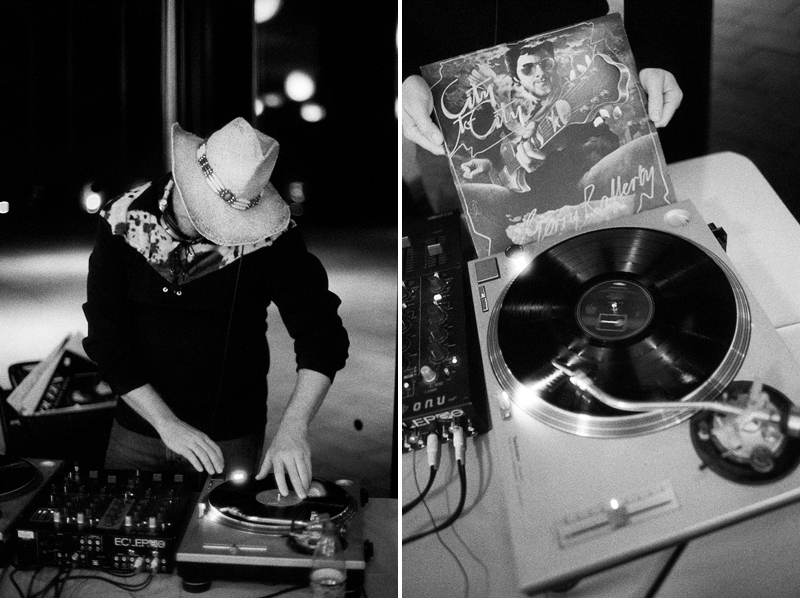
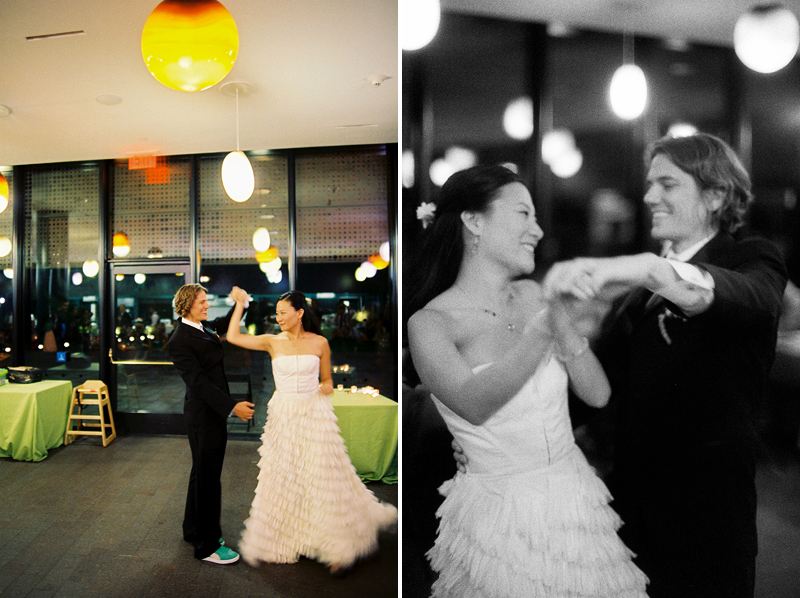
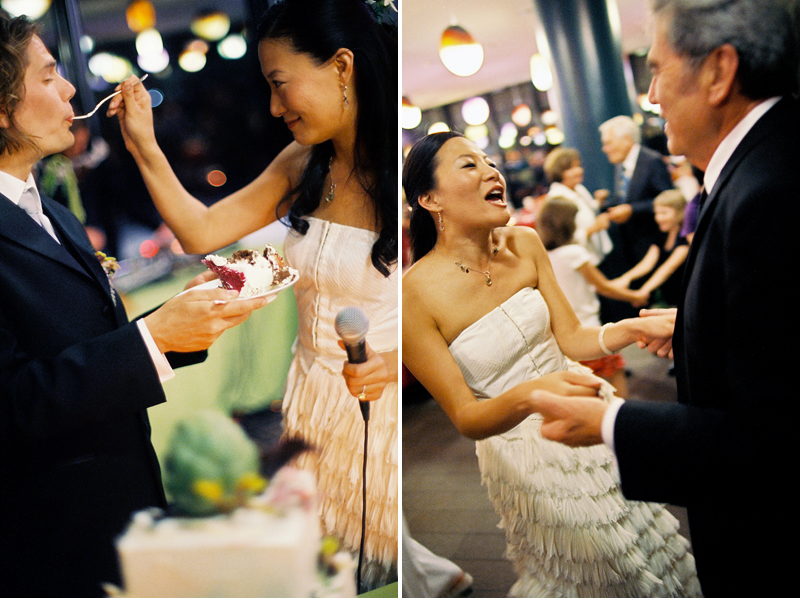
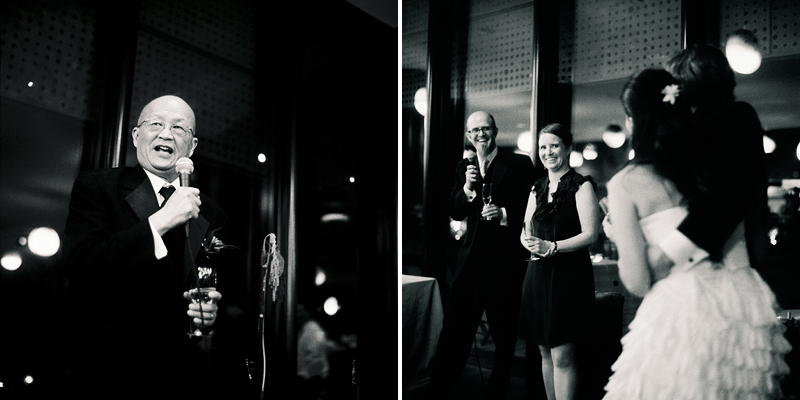

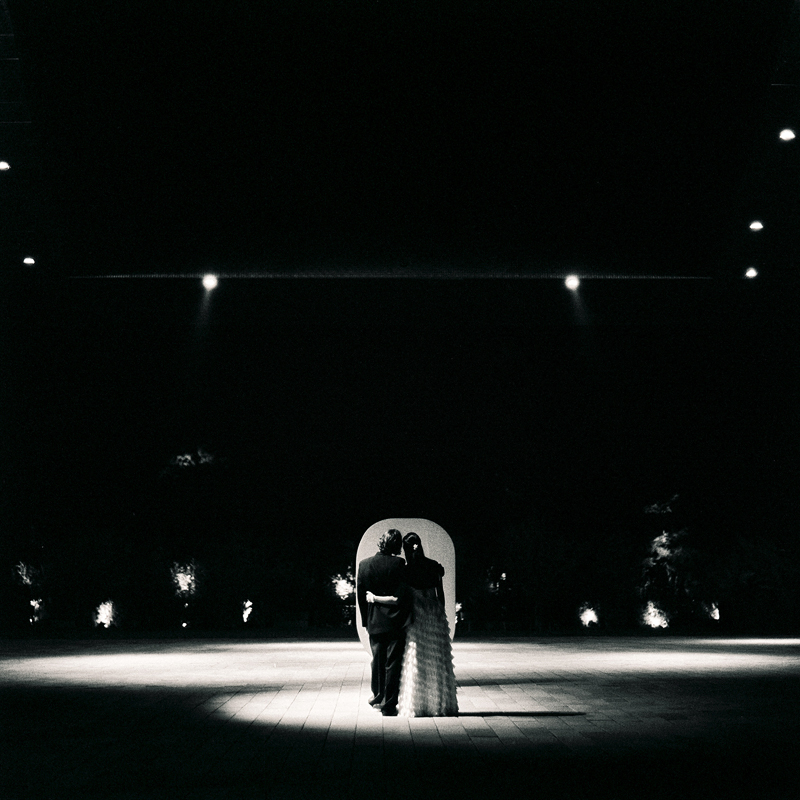

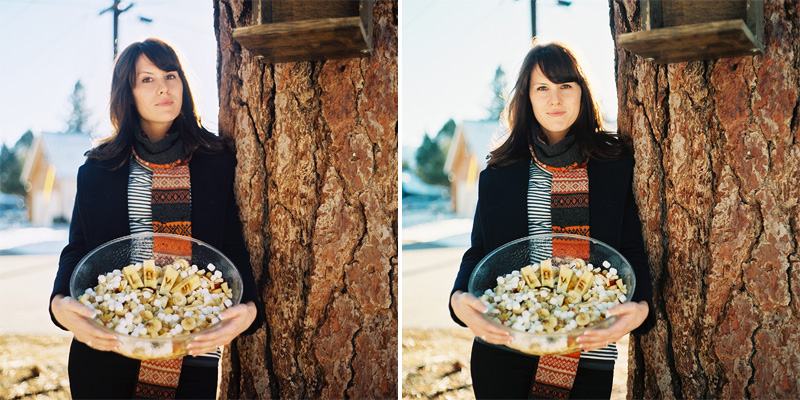 Welcome to the golden hour of film! The age old tradition of film photography has always possessed an inherent warmth and beauty, that transcends technical explanation. As photographers, we relish something called "The Golden Hour" (sometimes known as magic hour) which is the first and last hour of sunlight during the day, because the quality of light is such that everything becomes magically photogenic. Due to the diffusion of the sun's abundance of light, and the hues created by the atmosphere, everything is illuminated within photographic reach. Well, Kodak's new Portra400 has this magical quality packed right into the emulsion! No matter the lighting situation, Kodak's Vision Technology brings it within reach. Pretty much anything your eye can see now is visible within one frame. We have always loved film for this quality, but the limits have been stretched further than formerly possible.
Welcome to the golden hour of film! The age old tradition of film photography has always possessed an inherent warmth and beauty, that transcends technical explanation. As photographers, we relish something called "The Golden Hour" (sometimes known as magic hour) which is the first and last hour of sunlight during the day, because the quality of light is such that everything becomes magically photogenic. Due to the diffusion of the sun's abundance of light, and the hues created by the atmosphere, everything is illuminated within photographic reach. Well, Kodak's new Portra400 has this magical quality packed right into the emulsion! No matter the lighting situation, Kodak's Vision Technology brings it within reach. Pretty much anything your eye can see now is visible within one frame. We have always loved film for this quality, but the limits have been stretched further than formerly possible.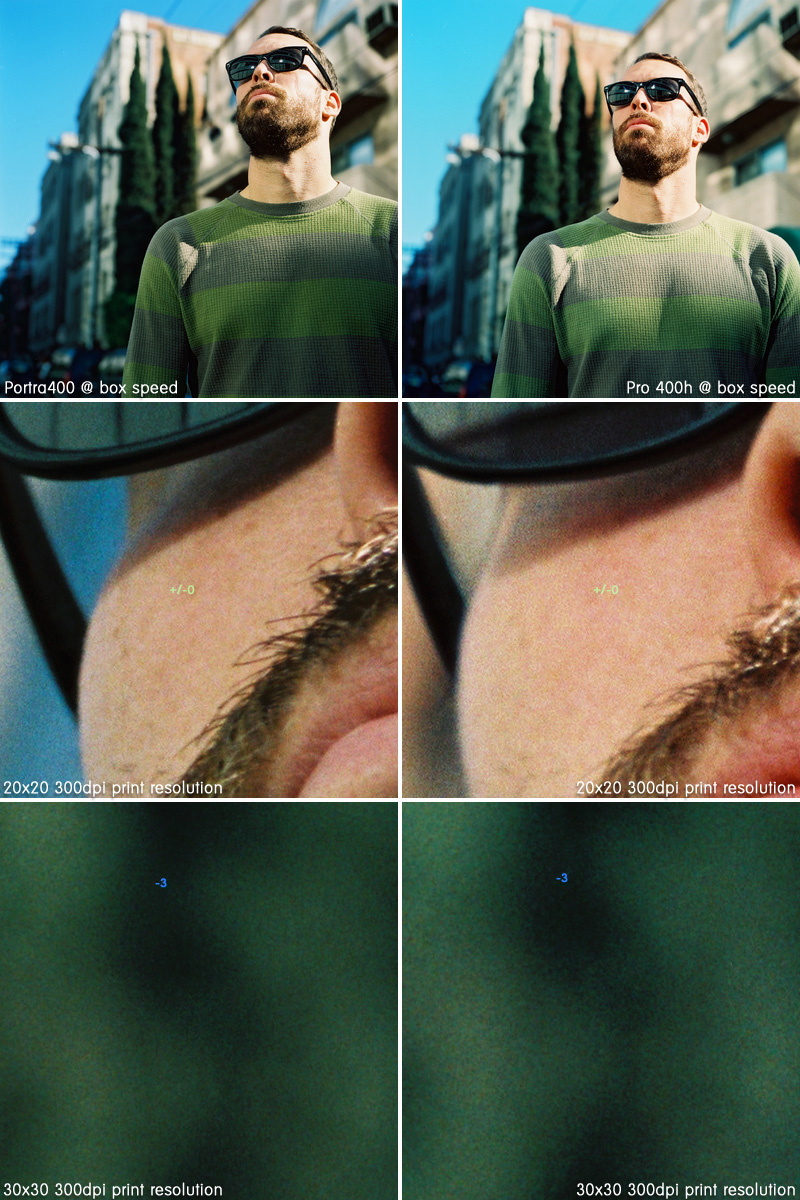 The results don't blow me away with this first shot. It's a suitable replacement for 400h for sure, and that's the main concern really. But when I went in and scanned it way too large, I found amazing resolution, and the beautiful grain that was rumored. It's much smoother and sharper than the old emulsions, once you begin to print above 16x20 at least. ;-)
The results don't blow me away with this first shot. It's a suitable replacement for 400h for sure, and that's the main concern really. But when I went in and scanned it way too large, I found amazing resolution, and the beautiful grain that was rumored. It's much smoother and sharper than the old emulsions, once you begin to print above 16x20 at least. ;-)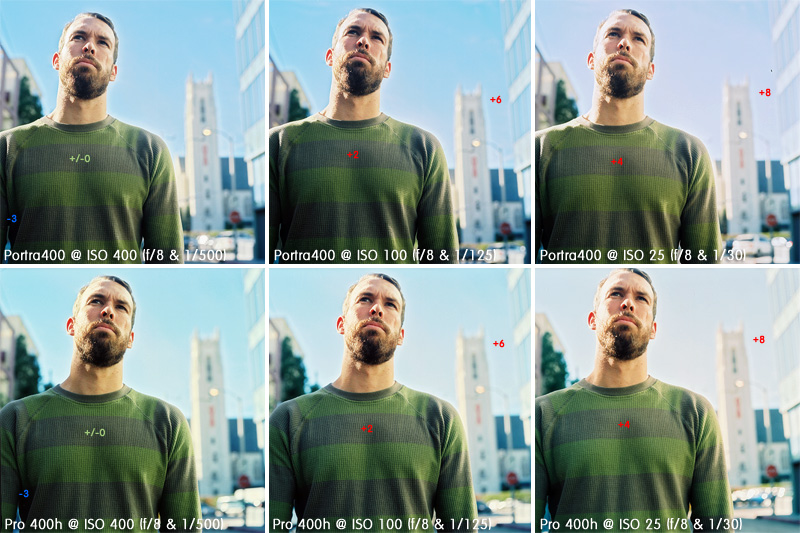 I knew that the Fuji could take it, but I was pleasantly surprised to find that the Portra actually held up much better. These are all straight scans (untouched) from our Frontier by the way. The Portra doesn't get as muddy in the highlights and has much cleaner color. But again, comforting but not mind blowing.
I knew that the Fuji could take it, but I was pleasantly surprised to find that the Portra actually held up much better. These are all straight scans (untouched) from our Frontier by the way. The Portra doesn't get as muddy in the highlights and has much cleaner color. But again, comforting but not mind blowing. Normally, I wouldn't shoot color film in this ugly of light. Maybe 3200 Delta if I can get away with it. I did not push process this film, even though I underexposed the highlights up to 5 stops. Fuji begins to look horrible at 1 stop under, but the Portra looks exponentially better in comparison each stop under! At 12,000 ISO the fuji begins to even loose the detail in the light bulbs, but the new Portra 400 keeps some shadow detail up to 6400 ISO! To give you an idea, a guy with a 5D was having trouble getting their faces without loosing the sign at 6400. I will probably never underexpose film again, but I will most definitely push this Golden film to 3200.
Normally, I wouldn't shoot color film in this ugly of light. Maybe 3200 Delta if I can get away with it. I did not push process this film, even though I underexposed the highlights up to 5 stops. Fuji begins to look horrible at 1 stop under, but the Portra looks exponentially better in comparison each stop under! At 12,000 ISO the fuji begins to even loose the detail in the light bulbs, but the new Portra 400 keeps some shadow detail up to 6400 ISO! To give you an idea, a guy with a 5D was having trouble getting their faces without loosing the sign at 6400. I will probably never underexpose film again, but I will most definitely push this Golden film to 3200.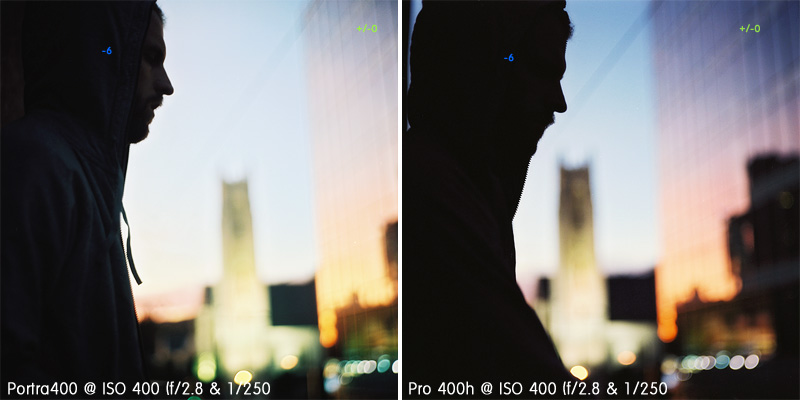 "It's our favorite time of light, just before the day kisses the night. You see the red winged blackbirds fly. The sun's a big ol' lazy eye. When the day is bending low, and rolling fields begin to glow, feels like we traveled all this way, just so I could hear you say, It's our favorite time of light... It's our favorite time of light, just before the day kisses the night. You see the red winged blackbirds fly. The sun's a big ol' lazy eye. The moon is waiting in the wings, dreaming up some midnight song to sing, and I know we'll be okay evry time I hear you say, it's our favorite time of light." - Over The Rhine
"It's our favorite time of light, just before the day kisses the night. You see the red winged blackbirds fly. The sun's a big ol' lazy eye. When the day is bending low, and rolling fields begin to glow, feels like we traveled all this way, just so I could hear you say, It's our favorite time of light... It's our favorite time of light, just before the day kisses the night. You see the red winged blackbirds fly. The sun's a big ol' lazy eye. The moon is waiting in the wings, dreaming up some midnight song to sing, and I know we'll be okay evry time I hear you say, it's our favorite time of light." - Over The Rhine